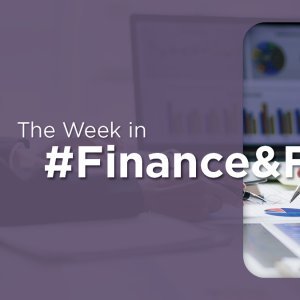Dapp: Integrating Contactless Payment

STORY INLINE POST
Q: What is the importance of Dapp’s unique interoperable transactional exchanges?
A: We are enablers. Dapp interoperates many QRs so clients do not have to enroll each merchant into the system, allowing thousands to accept payments from multiple wallets. Dapp focuses on interoperability so any wallet can scan a QR without needing a touchpoint with the merchant. Users pay with their wallet and once it authorizes the transaction, the aggregator authorizes the transaction for the merchant.
Sellers benefit by avoiding the integration of several wallets; they only work with the aggregator. Wallets also do not have to enroll merchants because they just certify with Dapp. This operation is done without a card.
Q: How does Dapp generate revenue without disincentivizing the use of the platform?
A: We charge a fee to the merchant and the aggregator. The seller pays a commission to the aggregator and a small fee for Dapp and the wallet. Sometimes, in card-related operations, merchants try to charge these fees to consumers but that is impossible with our platform because our main integrations are directly connected to the system.
Q: What has been Dapp’s role in the adoption of CoDi and what are your expectations for contactless payments in Mexico?
A: We are connected with CoDi. We are one of the few companies that can offer these QRs, which can be scanned by any wallet. Mobile payments are expected to grow in Mexico. The value of transactions is expected to increase to US$25 billion by 2025, according to Statista.
Q: What expansion strategies is Dapp implementing?
A: We are 100 percent focused on Mexico because we want to dominate here first. We can think about expanding abroad later, probably by 2023. Our current expansion plans involve accepting foreign wallets in the Mexican market. Currently, we are obtaining certifications with UnionPay,Alipay and Wechat so international users living in Mexico can pay with those wallets through Dapp.
Q: How does Mexico’s evolovinglegal fintech infrastructure impact Dapp?
A: We do not receive money from users, so we do not need to be a regulated fintech. We started as an aggregator in 2017 and then changed our business model. At the end of 2017, we decided to close our wallet and start interoperating with others. We decided not to go for the fintech side. Recently, there have been numerous fines handed to fintech companies, impacting the ecosystem. However, Mexico does need a clear fintech regulatory framework.
Q: How does the company assess the possible inclusion of cryptocurrencies in Mexico’s financial ecosystem?
A: In Mexicomerchants are barred from charging in cryptocurrencies, which Dapp enables. We always conduct transactions in Mexican pesos and allow users to decide the currency they will use. If the user chooses a cryptocurrency, the trade is still made in pesos.
Dapp’s railway is built on APIs, so every operation, from mileage points to cryptocurrencies, is converted tolocal currency.
Q: What opportunities has the company identified in e-commerce?
A: We have two different integrations for e-commerce. For desktops, we can show the buyer a QR so they can pay with their preferred wallet using their phone. But when they buy through a mobile phone they cannot scan, so our integration allows them to select the wallet and receive a push notification. We are continuously exploring e-commerce and making integrations to our API.
Q: What deliverables and features will the company provide users?
A: We are integrating new features to our ecosystem, such as cash-in and cash-out. Dapp is also exploring remittances to connect US wallets with Mexican wallets so users can receive money without going to a store. Another product is buy now, pay later, which is only used in e-commerce but will be implemented in retail sales.
Q: What are Dapp’s growth objectives for 2022?
A: Dapp’s growth objectives relate to merchants, users and transactions. We are looking for 25 million users by the end of 2022. Dapp aims to add more CoDi users. We have 35,000 from the 10 million people currently using CoDi. We are also looking for 200,000 merchants. The most important factor, however, is the number of transactions. It does not matter if 1 million transactions come from 5,000 or 100,000 merchants; usability is the key.
Transactions are a result of doing other things right. We need to understand what motivates users to conduct QR transactions so that we can incentivize them.


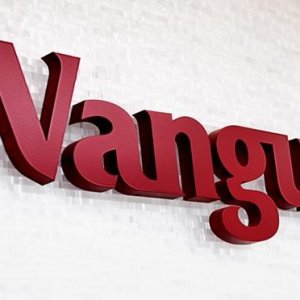

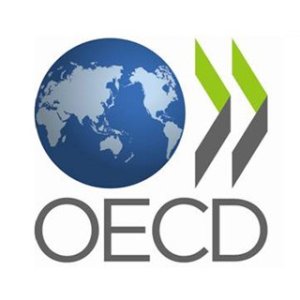
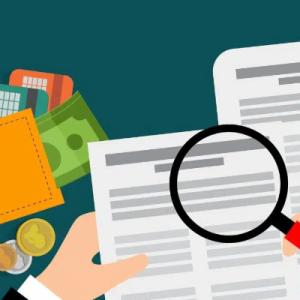
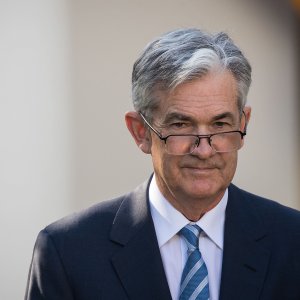
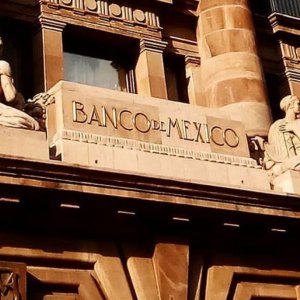
 By Antonio Gozain | Senior Journalist and Industry Analyst -
Thu, 01/27/2022 - 09:31
By Antonio Gozain | Senior Journalist and Industry Analyst -
Thu, 01/27/2022 - 09:31



